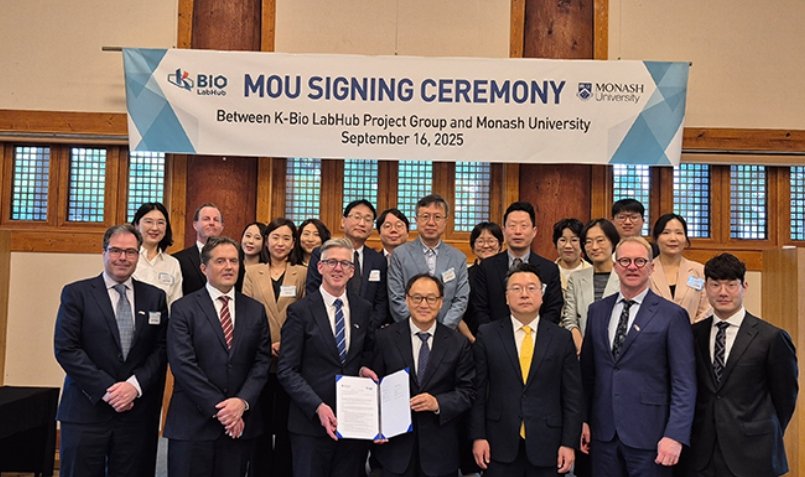
Asia Pacific is home to over 60% of the global population, yet major clinical trials remain significantly underrepresented in this region. This discrepancy is especially concerning when we consider diseases that disproportionately affect populations within Asia. Cardiovascular diseases, which are the leading cause of death globally, are overrepresented in Asia Pacific, where it is estimated that half of all global CVD-related mortalities occur. Despite this burden, among cardiometabolic trials published in top-tier journals between 2011 and 2020, only 8.3% of participants identified as Asian and 7.7% came from the Asia Pacific region.
The lack of diversity in clinical trials is a longstanding issue – and one that is borders agnostic. Between 2000 and 2020, over 50% of clinical trials conducted in the US lacked racial or ethnic enrolment data, and despite efforts, only modest improvement has taken place in minority representation over the years, leading to critical gaps in our understanding of how these treatments perform in underrepresented populations.
A more inclusive approach to clinical trials is crucial for advancing global health equity and the development of effective treatments for diseases that are disproportionately prevalent in Asia.
Making the case for increased diversity
The infrastructure and capacity to conduct major clinical trials vary significantly across the Asia Pacific region. While countries such as China, Japan, and South Korea have made significant strides in establishing robust clinical trial systems, many countries in the region still lack the necessary infrastructure, workforce, and regulatory frameworks to conduct complex clinical trials. This uneven distribution of trial capacity limits efforts to include a broader, more representative sample of patients in clinical research.
Additionally, cultural barriers, a lack of awareness, and varying literacy levels further contribute to low participation rates in clinical trials across Asia. Many patients, especially those in rural areas, may be hesitant to participate due to mistrust of the healthcare system or a lack of understanding of the potential benefits of clinical trial participation. These barriers are often compounded by deeply ingrained cultural beliefs that can make patients wary of experimental treatments or unfamiliar medical procedures.
To address these challenges, there is an urgent need for greater investment in healthcare infrastructure throughout the Asia Pacific region. Public institutions should focus on building local capacity to perform clinical trials, ensuring that even remote areas are equipped with the resources and expertise to participate in research efforts. Public education campaigns and community outreach programs will also be essential in raising awareness, building trust, and encouraging greater participation from underrepresented groups. This will eventually build a foundation for more representative and comprehensive research outcomes.
Better representation requires a collective, international effort
International collaboration plays a critical role in advancing medical research and improving healthcare equity. The industry can facilitate the development of clinical trial designs that cater to the needs of global populations through fostering partnerships between researchers, regulatory bodies, and pharmaceutical companies across the globe, and encouraging the exchange of knowledge, best practices, and expertise.
Moreover, international collaboration helps to address the unique challenges faced by different regions. For example, understanding the healthcare infrastructure and regulatory landscapes in Asia Pacific can lead to more patient-centric and region-specific trial designs, improving recruitment, retention, and adherence. Collaborative efforts can also lead to shared resources, such as multi-site trials and centralised data collection, which can reduce the logistical burden of conducting trials across diverse geographical locations.
Through global partnerships, we can ensure that clinical trials become more inclusive and represent the populations most affected by specific diseases, ultimately improving the quality and effectiveness of treatments.
Investing in infrastructure and building more resilient supply chains
Investing in infrastructure will also be critical to improving the rates of inclusion for Asian populations in clinical trials. This investment can take several forms, including the establishment of state-of-the-art research facilities, the development of new, innovative approaches to clinical trial design and the shoring up of resources for more risk-resilient supply chains.
Building the capacity to conduct decentralised clinical trials that rely on technology and local healthcare facilities will be particularly important in efforts to make clinical research more representative as it increases accessibility for patients in remote or underserved areas. By investing in these models, clinical trials can be more inclusive of patients from diverse geographical locations and cultural backgrounds.
In addition to infrastructure, there is a need for investments in innovation that bridge the gap between academia and industry. Public-private partnerships can accelerate the development of novel therapies, diagnostic tools, and treatments tailored to the specific needs of Asian populations. This type of innovation is essential for addressing health disparities and ensuring that new treatments are available and effective for those most in need.
Strengthening clinical research capacity is crucial to run complex clinical research projects to meet rigorous international standards. This can be achieved through training and stronger collaborations between institutions, countries, and regions, with national academies serving as pivotal points of connection to establish networks that bolster clinical research capacity. Clinical trial supply chains have become more complex, interconnected, and global than ever before. Therefore, another key aspect of investment involves strengthening supply chains to make clinical trials more resilient and accessible. Proactive risk management strategies, such as clinical supply management, diversified sources of raw materials and manufacturing locations, are essential for ensuring the continuity of clinical trials, especially in the face of unforeseen disruptions, such as pandemics or geopolitical tensions. Improved cold chain solutions, along with the development of logistical networks tailored to the region's unique needs, will also help ensure that trial materials reach patients in a timely and safe manner.
The way forward for a more equitable clinical trial landscape
Gaps in the current clinical trial landscape highlight the need for substantial investment in infrastructure, increased efforts to foster international collaboration, and the adoption of innovative clinical trial models that enhance accessibility.
By addressing the specific needs of Asian populations, including those in underrepresented regions, we can ensure that future treatments are both safe and effective for all. Prioritising diversity in clinical trials is not only essential for improving health outcomes in Asia but also for advancing global health equity, ultimately ensuring that no population is left behind in the development of life-saving therapies.




